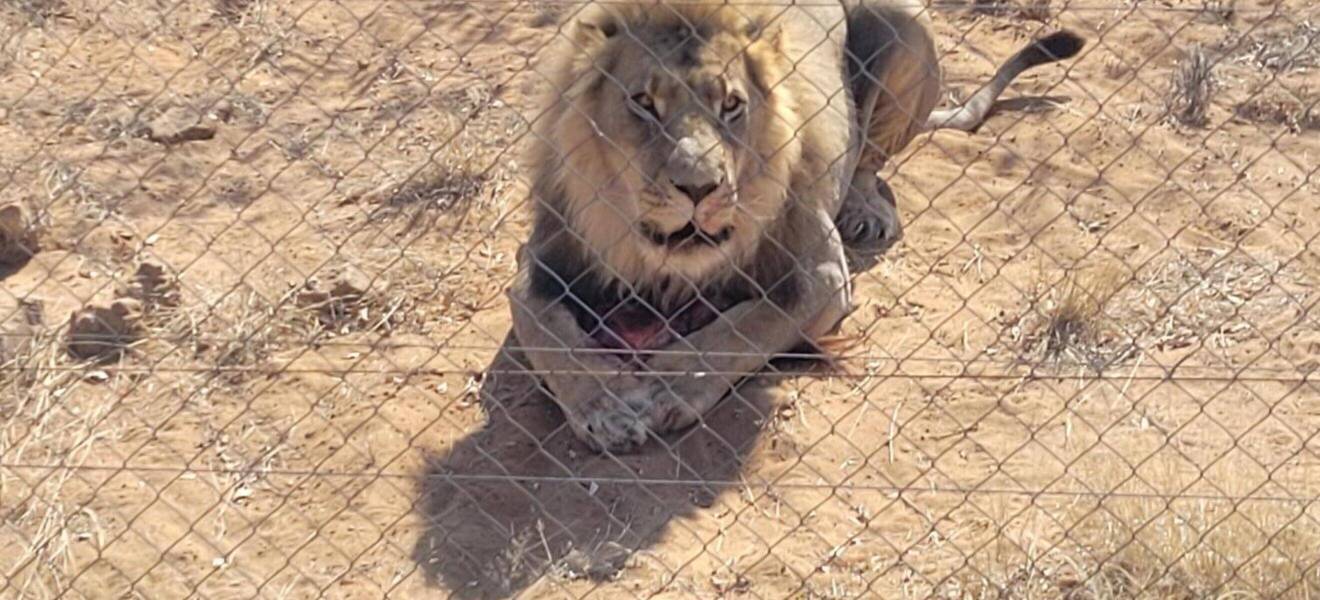29.08.2023/XNUMX/XNUMX / field reports
My volunteer work in a wildlife conservation project in Namibia
We arrived after dark and the first thing I noticed when I got out of the car was the roaring of the lions. We were there and it could finally start!
Tanja's time in Namibia
My arrival in Namibia
My daughter and I set out from Frankfurt to Windhoek on a Saturday. The way led us to Dubai, from there to Johannesburg and finally we landed in Windhoek on Sunday evening.
Already during the landing approach we could see through the airplane window that the landscape had changed completely. We only see a sparse stock of trees and the typical orange sandy soil.
My approach to the project
Contrary to all overnight recommendations, we decided in advance on a ranch and spent the first night in Namibia there. The ranch is less than 5 km from the airport, a ranch employee picked us up, we were warmly welcomed and treated to a three-course meal. So we were able to shake off the long journey and look forward to the real adventure.
After a restful night and an invigorating breakfast, the collection from the project went like clockwork. We were initially taken to a stopover and, after a short stay, driven from there to the city of Windhoek. There we collected other volunteers. Then there wasn't much going on for an hour because the driver suddenly disappeared, but in the afternoon all eight volunteers were in the car to set off to the site. We made a quick stop to use the restroom and run some errands at the SPAR.
When the asphalt was then exchanged for sand, it was clear to all the volunteers that the site was really in the middle of nowhere and right in the middle of nowhere. We arrived after dark and the first thing I noticed when I got out of the car was the roaring of the lions.
We were there and it could finally start!
The orientation program
It is a good 700 meters from the Volunteer Village to the volunteer site. This means that travel time and breakfast time must be calculated well in order to arrive on time at the morning meeting at 08:15. The coordination team gave us a warm welcome every day except Saturday and Sunday and explained the program to us.
The same thing happened in the afternoon at 15:15 p.m. for the afternoon meeting. Four of the volunteers were divided into different groups. The groups were called up and each assigned a coordinator or the point of the day.
The program is entirely in English. The coordinators are locals, which gives the whole project a very authentic character. Without exception, everyone was helpful, friendly, in a good mood and open-minded.
The only thing I found a bit confusing was one item on the program, the "Care Taking", i.e. the care of the animals in the headquarters. Here the experienced volunteers are supposed to train the newcomers, which worked more or less well. Admittedly, there are boards everywhere on which the Instructions can be read, but if I don't know where to find the animals or what animals they are, it becomes difficult.The only thing that helped here was: ask, ask, ask and after a few days I found it too me quite well!
The areas of responsibility in the project
The program items are impressively varied. I was never bored and every day brought something new.
- Food preparation (cutting fruit, vegetables and meat)
- Care Taking (care for dogs, cats, goats and many more)
- Outside Feeding (feeding the lion, cheetah, leopard, etc.)
- Fence Patrol (testing the current strength at the fence in the wild animals)
We also had these program points more than once during our two-week stay. But then there were also special program items such as a ride on horses, a K9 dog training, a rhino track, where we read the tracks on foot with the locals and were suddenly very close to the rhinos.
Other special tasks were, for example, a walk with baboons and we were also allowed to accompany and help the veterinarian during a checkup. A lecture on the history and origins of the deployment site clarified the basic idea of the organization. The associated support and appreciation of the local Bushmen, who gave us an insight into their lives, was also very impressive.
The trip to a clinic was a voluntary option that we accepted. The drive there was about 45 minutes. "Clinic" is perhaps a bit misleading, I would rather say: a larger medical practice. Treatment in the clinic is free for the population. Furthermore, attempts are being made there to teach the population about agriculture and animal husbandry in order to show them a way out of poverty, alcohol and violence. Twice a week there is a free food distribution, which we were able to help with. The mood there ranged from cheerful to informal. The children were very happy about our existence. We played clapping games or football with them. Some children just wanted physical contact. The visit there gives you an unfiltered look at real life in the region and at least made us think a lot.
Sundowners, cozy evenings around the campfire, group games and rounds of introductions and feedback helped the group to consolidate.
Accommodation in Namibia
The Volunteer Village consists of a few log cabins, each with four beds. Bed linen, pillows and blankets are provided and there is a mosquito net over each bed, which is not required in winter. Even though bedding is provided I would recommend bringing a sleeping bag as the nights are uncomfortably cold with almost 0 degrees!
Flashlights are also a must. My daughter and I were lucky and the only hut where the light worked in the evening. However, if you're not so lucky, you'll need a flashlight.
The cabins are spacious and functional. The sanitary facilities are a few meters from the cabins and very different from home, but clean and functional. Hot water in the showers is a bit of a matter of luck or timing. Late in the afternoon, when the solar cells have been recharged and not so many volunteers have taken a shower, the chance of warm water is greatest.
The meals breakfast, lunch and dinner are more than plentiful and very varied. Vegetarian is also made available, but only for those who have indicated so.
My free time in Namibia
At the weekend, the clocks tick a little differently for the volunteers, namely more slowly. Either Saturday or Sunday we had a day off. The group is split up a bit for this, since the animals still have to be taken care of. Since the project is far away from any civilization, cultural excursions are not possible, but we still enjoyed the day off on the lounger at the water hole and watched the animals, slept, did extensive body hygiene and washed laundry.
Why RGV?
I was already traveling with RGV in Romania last year and supported the Dog Shelter project there for three weeks. Having only had good experiences with RGV, it was clear to me that I would stick with the organization and try another project.
Experience report by Tanja, volunteer in the wildlife project in Namibia, July & August 2023
More projects that interest you could
Have you not yet discovered a suitable program for your time abroad? No problem, we will present you more Volunteer projects abroadthat might pique your interest.
Are you perhaps still at the beginning of thinking about your trip and have no idea what might be right for you? Whether you want to go abroad as a volunteer for a short time, or if you prefer FSJ up to 12 months abroad afford? Maybe there is one Internship abroad in a specific subject area the best way for you to gain experience abroad?
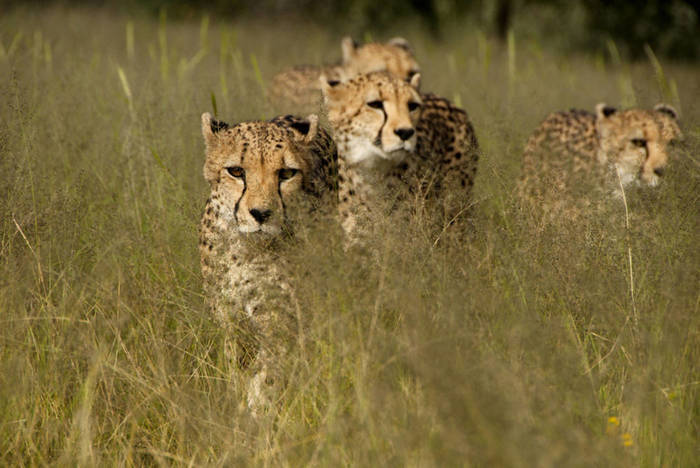
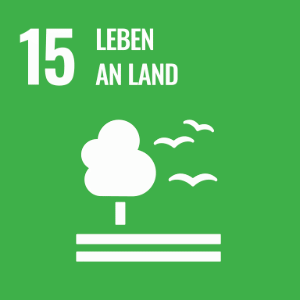
Namibia | big cats
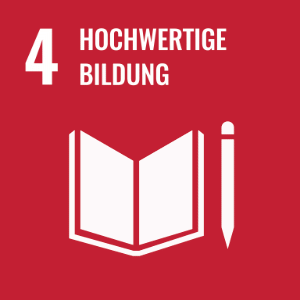
Namibia | childcare
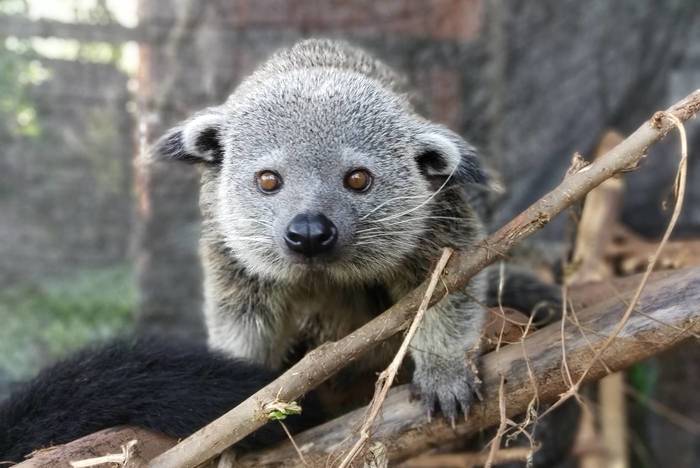

Bali & Indonesia | Wildlife
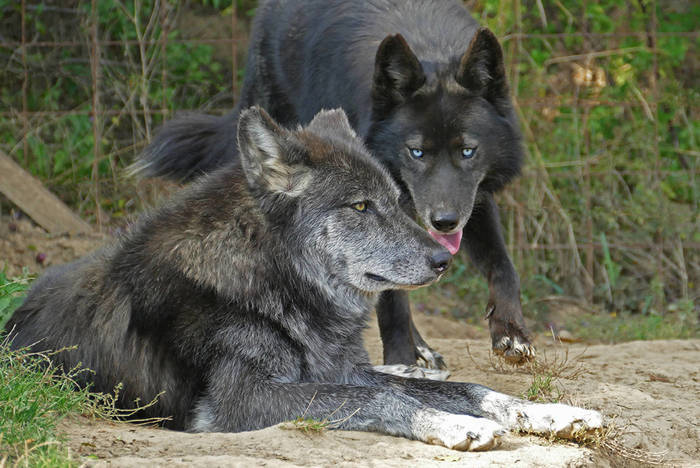

Hungary | wildlife
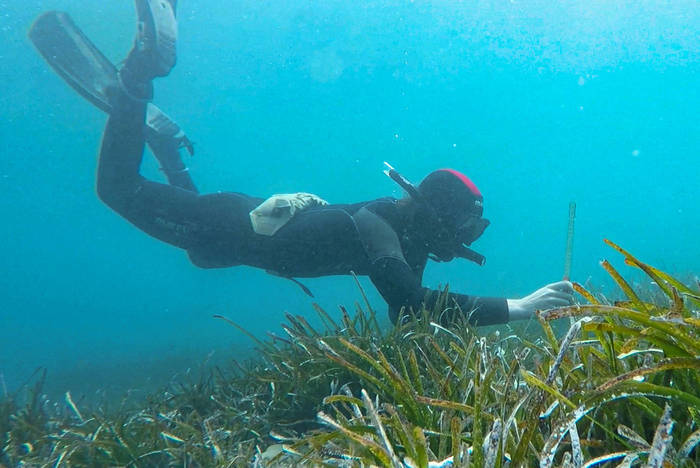
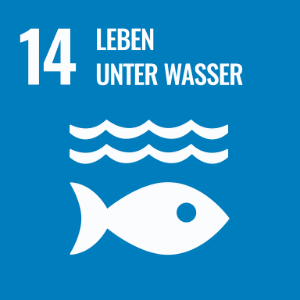
Greece | environmental Protection
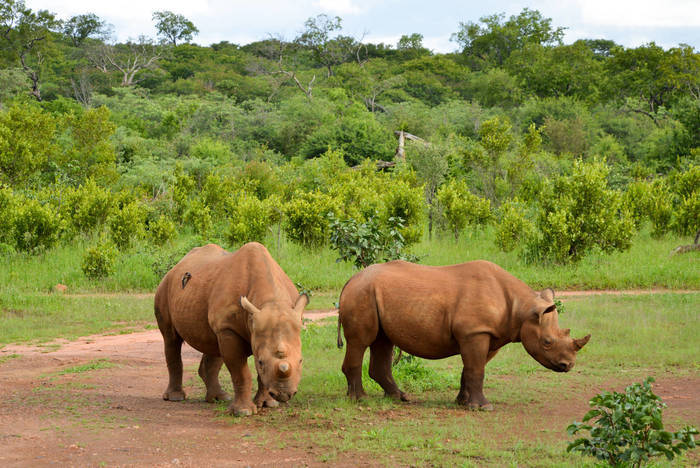

Zimbabwe | wildlife

